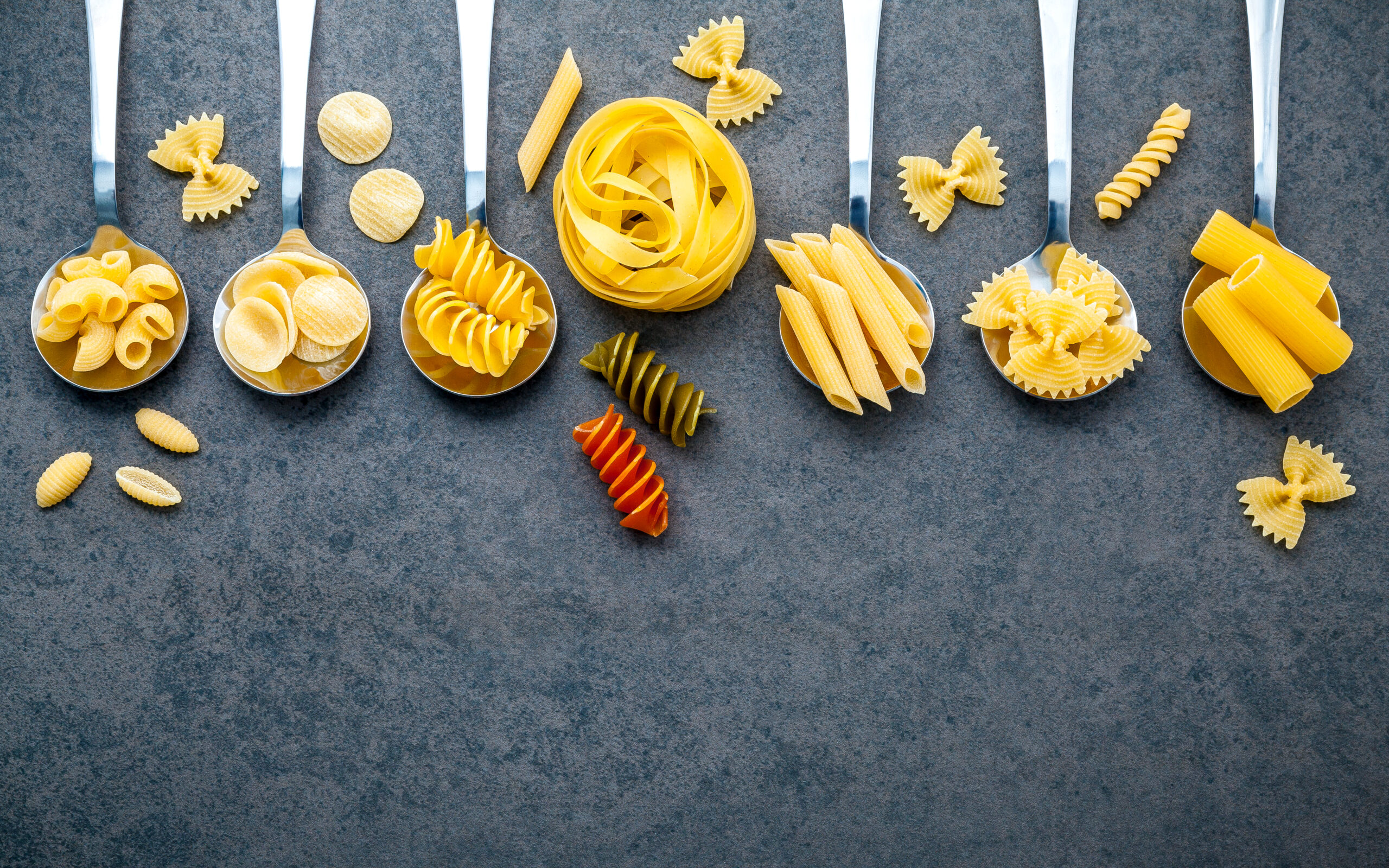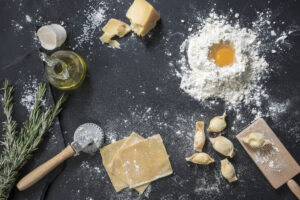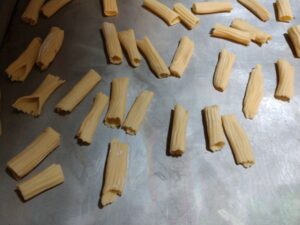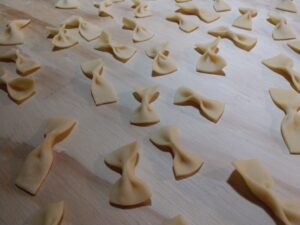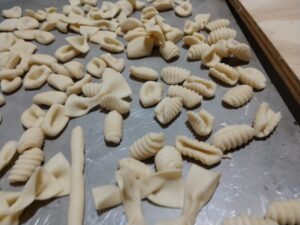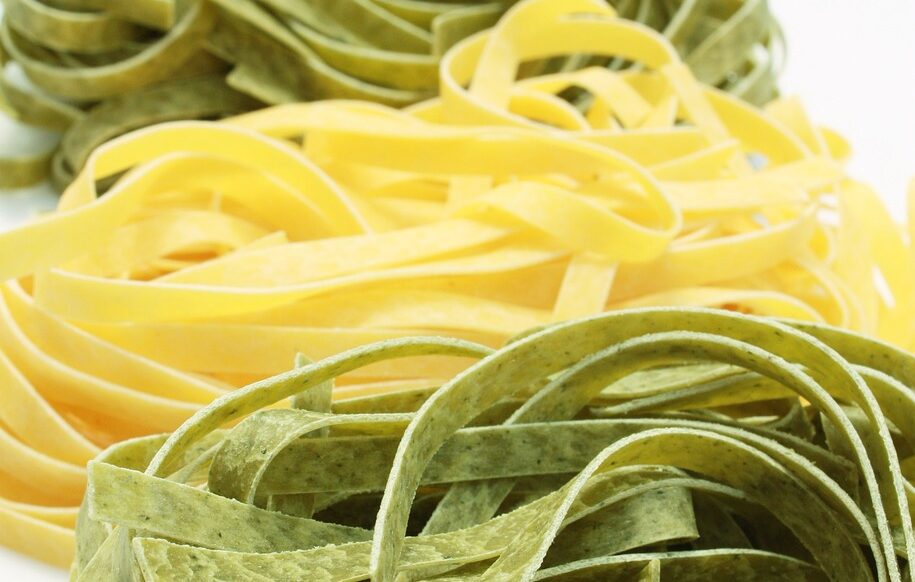Bonus Food Post – Pork Bolognese Sauce
Chris wanted me to share my sauce from last night, so I said heck with it. I liked it enough that I’m going to post it up here now.
To start off, this was my first attempt at making a Bolognese from scratch. I’ve always used jarred sauces and then “spiffed them up” in the past. I was in the mood to try something more challenging, but not too much because I’ve been so sick this week. The consistency was good, the amount of meat to sauce was good, the mouth feel was excellent, and the taste was incredible!
Ingredients:
- 1 lb ground pork (not flavored, just plain)
- 1 celery stick, finely diced
- 1 medium carrot, finely diced
- 1 onion small, finely diced
- 2-3 garlic cloves, minced
- 1 tbsp olive oil
- 2 14.5 oz cans of crushed tomatoes or stewed tomatoes
- 1 bay leaf
- 1 tbsp tomato paste
- 1 tbsp Worcestershire sauce
- 1 tsp dried oregano
- 1/2 cup whole milk (or oat milk for dairy free)
- salt and pepper to taste
- grated Parmesan cheese for serving
Heat your olive oil in the bottom of a Dutch oven or saucepan, and add the ground pork. Stir regularly until it’s almost cooked through, about ten minutes. While the pork is browning, mince up your vegetables. Add these to the meat, once it’s no longer pink. Continue to cook on medium heat until the onions begin to soften and clarify.
Add in your tomato paste, Worcestershire sauce, and garlic. Cook for another 3 to 4 minutes, continually stirring. Reduce the heat to the lowest setting and add in the tomatoes, bay leaf, and dried oregano. Stir it together, and partially cover the pot. Simmer this on your lowest heat setting for 45 to 60 minutes. Stir the sauce every 15 minutes, to make sure it doesn’t stick to the bottom. Technically, this can continue to simmer for as long as you like. You want it to be fairly thick, so after an hour you may want to take the lid off, and stay there, stirring, while it thickens. If you’re in a rush, you can remove any excess liquid with a spoon or small ladle.
Turn off the heat, then add in the milk. Stir it together, taste, and then add salt and pepper to taste. If the sauce has a metallic or acid tang, add a half teaspoon of brown sugar to it. While you can skip adding the milk entirely, it really does add a depth to the sauce that makes it velvety. It also helps mellow out the tomato acidity.
Notes:
The original recipe calls for crushed tomatoes, but I didn’t have those. I could have stuck my stewed tomatoes into the blender and whizzed them up, but I chose to use the tomatoes chunky. I’m glad I did. Many of them broke up during the cooking of the sauce, but the pieces of tomato really added a lovely mouth-feel, and a certain “umami” to the final sauce.
This goes perfect over any kind of pasta, but it’s best over one that has a rough texture and lots of gripping surface. Think bowties or rotini, or even radiatori.
Serve this one up with a slice of hearty french bread, or some garlic knots. Don’t bother with salad; it’s much too meaty for that.


